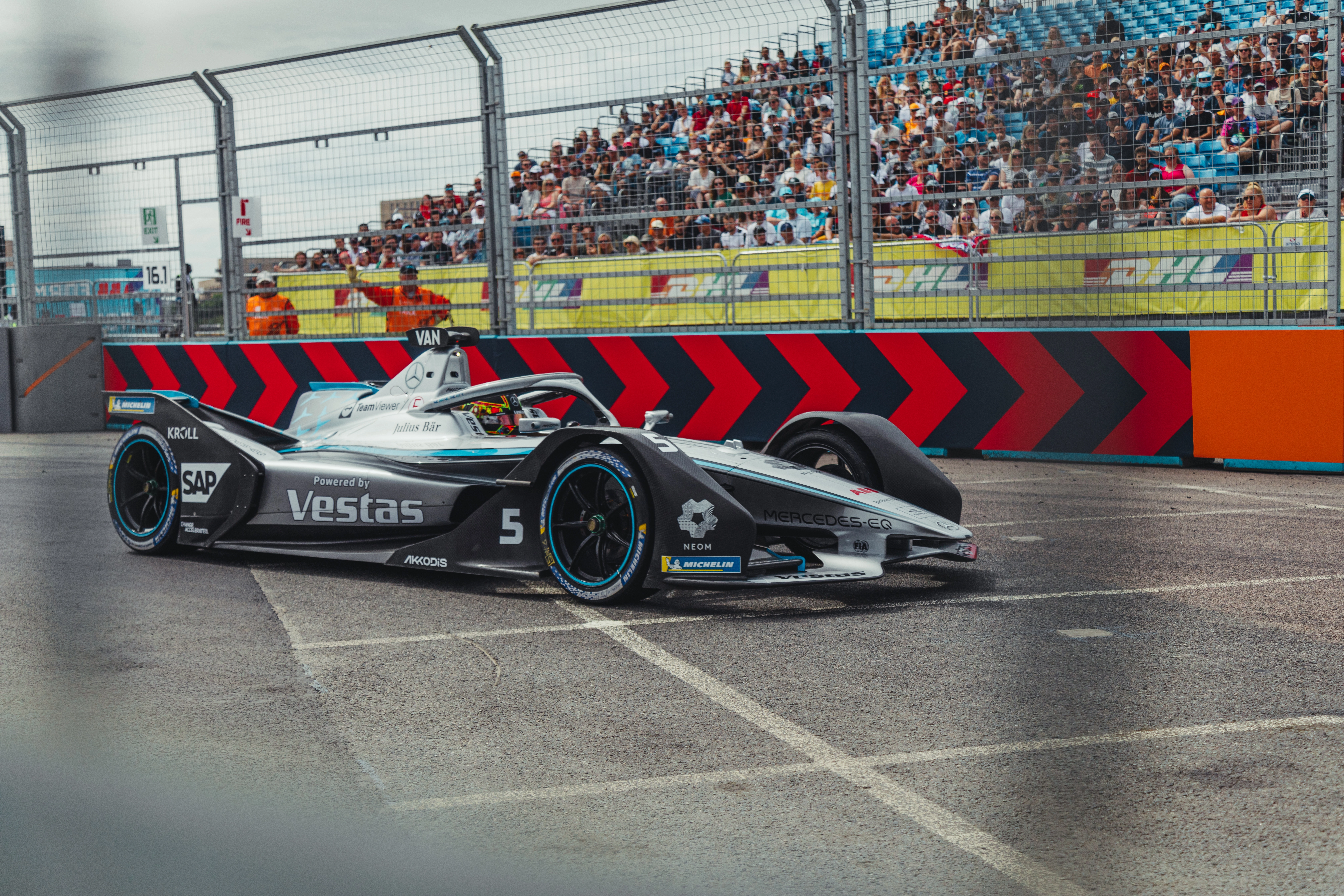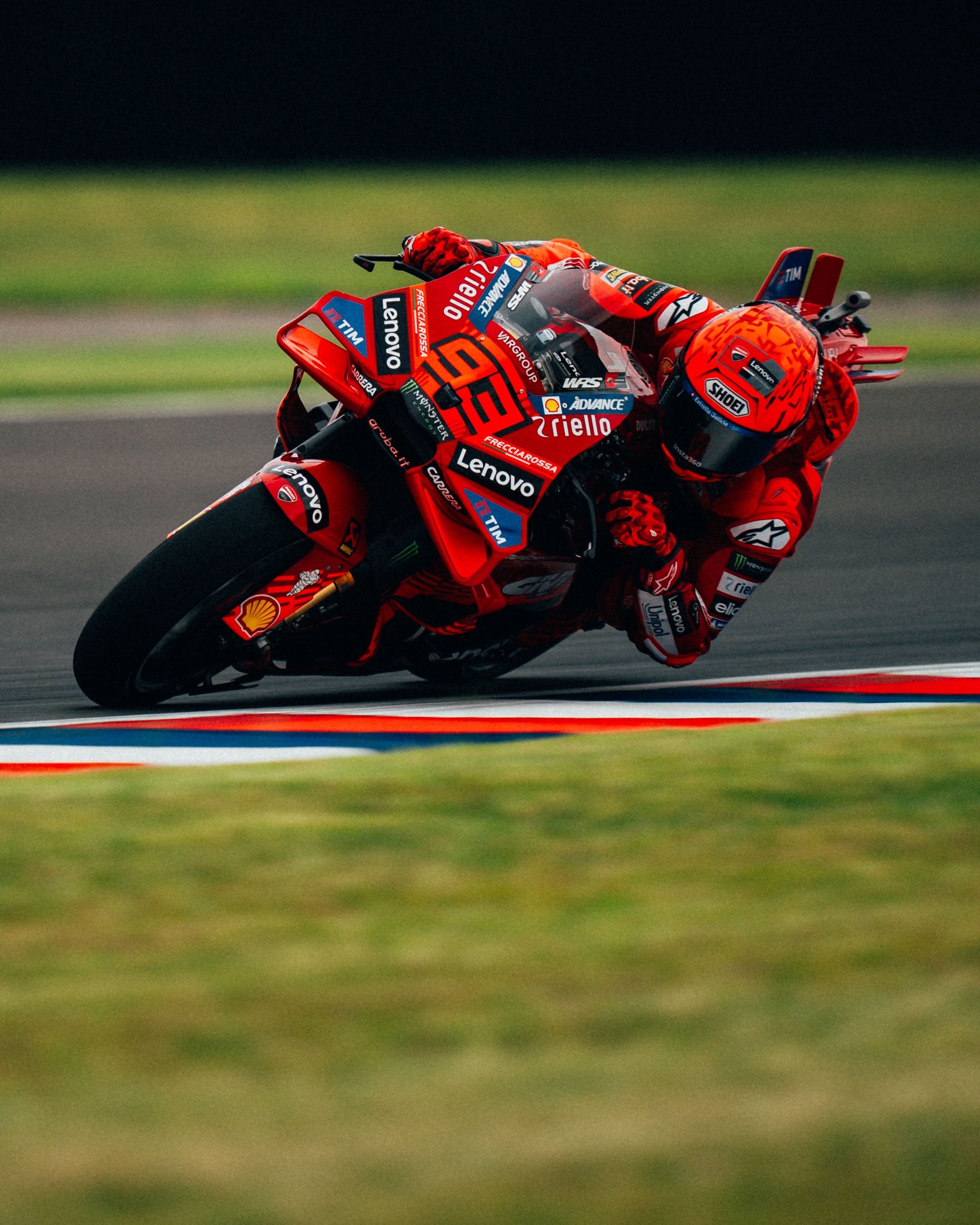F1's other race: The 72 hours between double-headers
- Kavi Khandelwal
- 1 hour ago
- 5 min read
Written by Kavi Khandelwal, Edited by Meghana Sree
In between back-to-back rounds, Formula One’s fastest race isn’t on track—it’s the 72-hour logistic and mental battle to rebuild cars and reset minds ahead of the next challenge.

Lights go out on Sunday afternoon as 20 of the world’s best drivers race on gruelling circuits for 24 weekends of the year. Each weekend is packed with fans and celebrities, ending with a well-achieved podium celebration for the top three.
However, the chequered flag is not the end for the teams on double-headers or triple-headers. It is the start of their own race. A 72-hour race against time and logistics that takes place away from the spotlight.
This invisible race is a high-stakes trial in which teams must move continents, rebuild their machines and reset their minds for the upcoming race weekend.
Their effort is equally important to the success of the team as the racing itself – in fact, for the on-track action to even take place, it vitally depends on this off-track effort.
The logistics ballet
Once the cars cross the finish line, every team from the garages fall into a choreographed chaos.
The garages are dismantled and packed away with miles of cabling and computer racks. The cars are stripped down as well after the FIA checks their legality.

A team ships the equivalent weight of eight elephants or 50 tons of cargo on average after every race. Formula One’s logistics partner, DHL, are the mastermind behind the movement of up to 1,400 tons of premium freight to each race. DHL described the task as “a mass of people coming together to ensure a job gets done as efficiently and safely as possible”.
Flyaway races heavily rely on air transport. DHL charters up to seven Boeing 777F or 747 cargo places for the transportation of the fully dismantled cars. The dismantling of cars is done to reduce volume and allows more cargo to be moved at once.
Every carbon tub is secured within a shock-absorbing frame packed in a custom crate with every component placed in foam-lined drawers to prevent any movement or damage. Teams label and scan each of these crates with Radio Frequency Identification (RFID) tags for easier, real-time tracking.
For the European leg of the season, a convoy of 300 trucks handle the road transport. If every truck was to be positioned end to end, it would stretch to over three miles, or five kilometres.
Back-to-back races call for non-stop journeys. Three drivers are allotted in each truck to make this journey easier. Any non-critical equipment is shipped by sea months in advance to cut overall costs and reduce carbon emissions.
Once the cargo arrives, the teams have to rebuild their cars from scratch. However, these crates are strategically positioned in the pit lane, and the access is granted to the teams after all the cargo from all teams have arrived to ensure a level playing field with no advantages to any team whatsoever.
The teams must follow a detailed illustration to piece together 11,000 parts to reassemble cars overnight. Hundreds of components also go through rigorous Non-Destructive Tests (NDT) to check for any defects that could cause failure on track.

These tests include Dye Penetrant Inspection, which is a fluorescent dye, also known as flow-visualising paint or flow-vis, that looks for microscopic cracks. Ultrasonics, which are sound waves, are also used to check for internal defects in composite materials.
The teams also plan against unpredictable variables of international travel by keeping spare parts and pre-positioning non-critical equipment at strategic locations.
Unsung heroes
This tremendous operation of invisible labour by an army of unsung heroes makes the spectacle that viewers see possible. The mechanics, engineers and logistics are always the first to arrive and the last to leave.

Workdays for trackside mechanics can stretch up to 12 hours on Wednesdays and Thursdays as they are considered ‘build days’ with their shifts reaching up to 70 hours a week during the winter to build a new car for the upcoming season.
The Chief Mechanic oversees the entire operation while the Number One Mechanic acts as the direct link to the race engineer for seamless workflow on each car.

The logistics team handles the task of planning shipping schedules and managing complex customs paperwork to ensure all equipment comes on time and in perfect condition to each race venue.
Alpine’s logistics coordinator, Nicky Hart stated: “Success requires putting yourself in the position to succeed by being willing to make personal sacrifices.”
Drivers in transition
Along with logistics, drivers too face the task of rebuilding their own machinery ahead of races – their body and mind. F1 is an endurance sport. It is not limited to just the race weekend, but the 72 hours between Sundays as well, meaning that for the drivers, it is a demanding physical and mental sprint.
These drivers experience extreme G-forces of up to 5G and their cockpit temperatures are prone to rise past 50° C, causing the drivers to lose up to three kilograms of weight every race through perspiration. Their heart rate must also remain at 80% of its maximum for sustained periods of time.
The time between races is less on passive rest and more on a structured, intentional recovery process.
A driver’s body is treated just like a high-performance machine, maintained through various recovery techniques like light, intentional movement and intense physical training sessions.

The main focus is on cardio, core strength and neck strength. For these drivers, recovery is a science as teams monitor physiological markers like fatigue, sleep, hydration and nutrition.
The mental recharge is also one of the greatest challenges. Drivers must move past the elation of a victory to focus on the upcoming task, or the misery of a defeat to regroup for the next weekend.
The constant forward momentum where dwelling on the past is not an option requires rapid development. Their schedules are a perpetual tussle between physical and mental rejuvenation as well as the unforgiving demands of sponsor and media obligations.
The bigger picture

The unrelenting pace of this “other race” to recover and rebuild both man and machine brings forth many questions about the sport’s future. The current calendar consists of 24 races, including three demanding triple headers. The crushing physical and mental toll on personnel is a problem that has been recognised at the highest level.
FIA’s president, Mohammed Ben Sulayem has publicly declared that 25 races would be logistically impossible, and would require two groups rotating in each team to manage the strain on the staff. Mercedes’ Team Principal and CEO, Toto Wolff has also pushed for greater staff rotation to ease the pressure on team personnel.
The reality as it stands is that F1 functions as a dynamic process that never stops. Every person in this process is a part of something larger in the system. The smallest oversight can cause dire consequences.
The chequered flag may fall on Sunday to end the public spectacle, but the stopwatch for the invisible race is already ticking.







